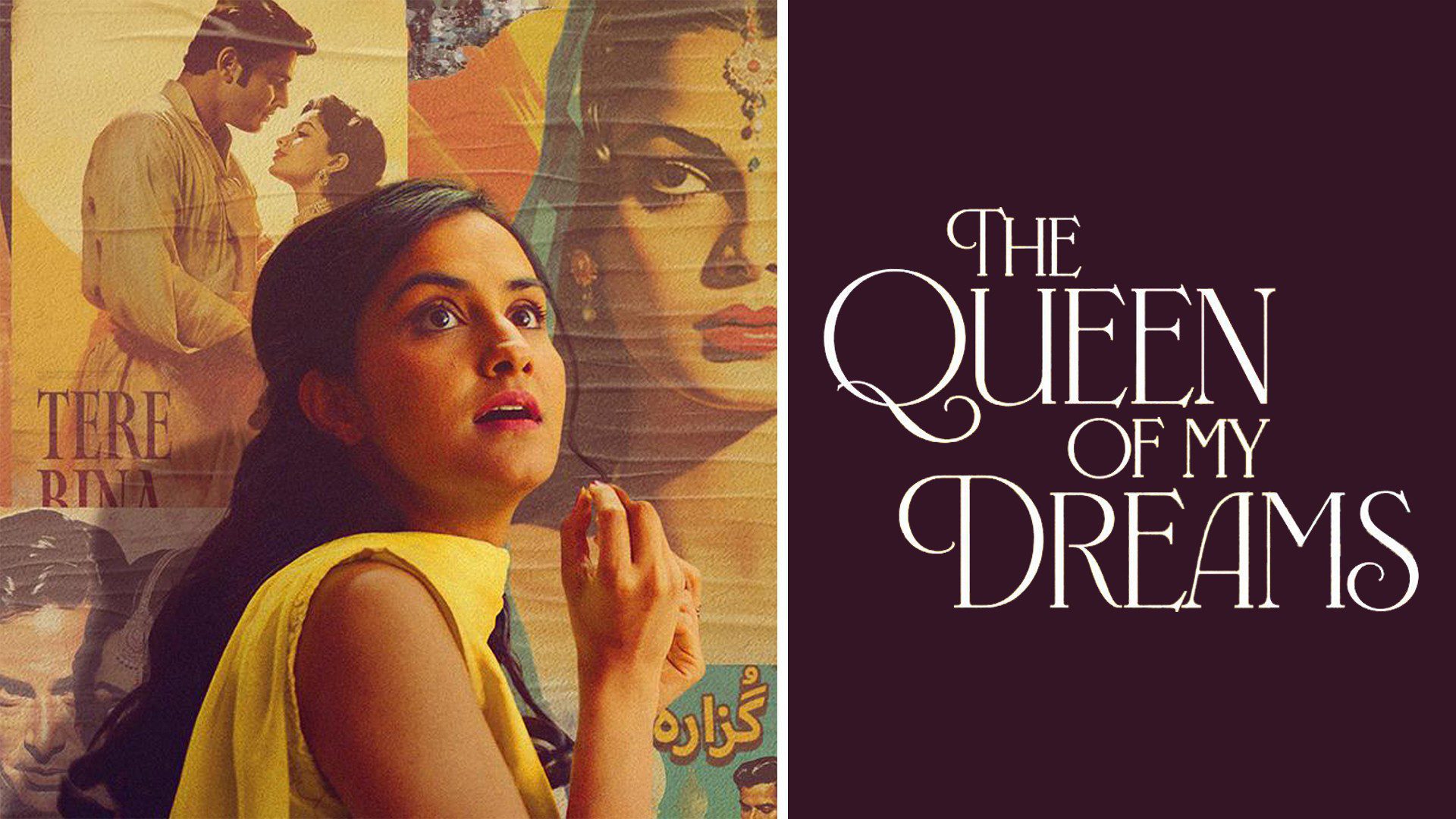In The Queen of My Dreams, director Fawzia Mirza makes her feature debut from a short that she made in 2012. The film world premiered at TIFF ’23 and has received five nominations at the Canadian Screen Awards, including best lead performance for Amrit Kaur. Inspired by the films of Indian cinema, Mirza combines this perspective with a Canadian coming-of-age story that connects the journey of immigrants from the culture of their homes to the changes they encounter as they leave.
The story sees Azra (Amrit Kaur), a queer grad arts student forced to rejoin her mother in Pakistan after the sudden death of her father. Here, Azra confronts the homeland of her mother and the culture she came from, forcing her to reconcile with her mom’s approach to raising her in Canada. In the tradition of the Bollywood films that are watched by Azra and her mother Marian (Nimra Bucha), the filmmaking itself features the colours and styles found in these films and uses them to tell the story of Mariam’s own love story with Hassan (Hamza Haq) that began in Pakistan.

The film confronts many hard hitting topics such as cultural diaspora, queerness in the face of a conservative family and resistance to tradition. By passing away in Pakistan, Azra becomes subjected to the rules and regulations of their strict Islamic family.
The film compares and contrasts Azra’s situation with her mother’s situation as a woman longing for freedom in 1969 Pakistan. This portion of the film sees Amrit Kaur playing a younger version of Mariam who has to convince her mother to let her marry Hassan, a travelling doctor with plans to find residency in Canada. This portion of the film wears the Bollywood influence on its sleeve and features plenty of dancing with vibrant colors and fabrics, making this part of the film the highlight of the production design. The film then moves into a third section that traces Azra’s coming-of-age in Canada and her desire to assimilate and express herself, bashing aganist her mothers more conservative beliefs.
What these flashbacks do most effectively is trace the way culture affects generations. Despite Mariam’s desire to live her life the way she wanted, she still had to stick to tradition and was even berated for her decision to leave Canada after tricking her parents into letting her marry Hassan.

The editing between these timelines keeps the film flowing. No sequence or scene overstays its welcome, in part due to the wonderful editing by Simone Smith. The cinematography is able to replicate whatever style it wants, carrying a more subdued but cinematic look for the scenes in Canada and then moves to a look reminiscent of film stock to help replicate that Bollywood style.
The film itself has an intriguing catalyst, as Azra is launched way outside of her comfort zone into a culture that she doesn’t understand and has trouble accepting. Unfortunately, this concept doesn’t leave a lot of room for dramatic action and Azra simply has to accept the traditions of her parents that will dominate the ceremonies mourning her father’s death. Perhaps that’s the point. How is Azra supposed to change the traditions that are practiced in her mother’s home country? She is forced to sit by and watch.
The film humanizes Azra’s mother in the face of her frustration and the antagonistic stance she seems to take in Azra’s story through the flashback to her coming of age. However, the information found there doesn’t reveal information that drives the plot of the main story forward in a significant way nor does it provide significant depth to Mariam beyond the details of her coming-of-age. We understand better that Mariam also dealt with a mother with more conservative beliefs than her own and went aganist her mother’s wishes. Even so, Azra’s conflict seems to be more with her mother’s culture than her mother herself at the present.

A whole backstory of Azra’s coming-of-age is shown to inform us of how Azra and Mariam’s relationship came to be as it is now, but most of it repeats information that we know from Azra and Mariam’s present. We see Azra discover her sexuality, something expressed in the first few scenes, we see Azra’s venture into Canadian culture and her father’s first heart attack, something known from the call Mariam gives Azra. While these flashbacks are interesting and trace significant moments for these characters, they do not inform the present in a strong enough way making the structure of this film too filling.
The three timelines end up bogging the film down in its overall runtime and don’t effectively set up any significant ideas for the main plot beyond a couple of details. Now, to the film’s credit, it doesn’t seem to be interested in making the main story full of action and choices. Instead, it acts more like a narrative poem of immigration, coming of age and grief. There are other films that do better by focusing on one of these ideas and perhaps this film would be stronger by doing so.
The Queen of My Dreams is available in theatres now.





